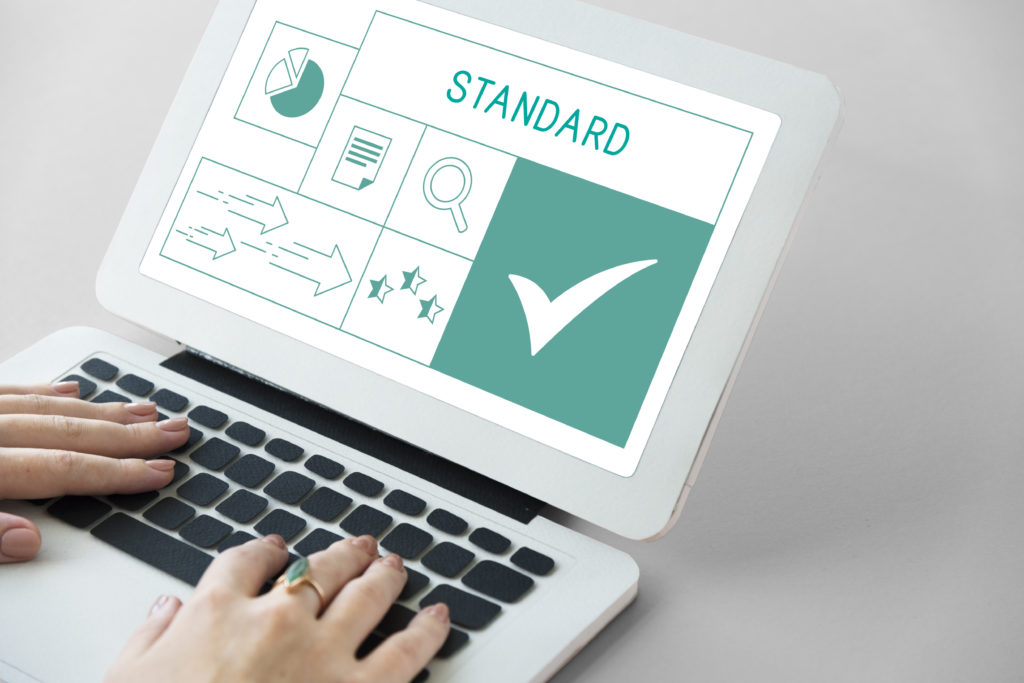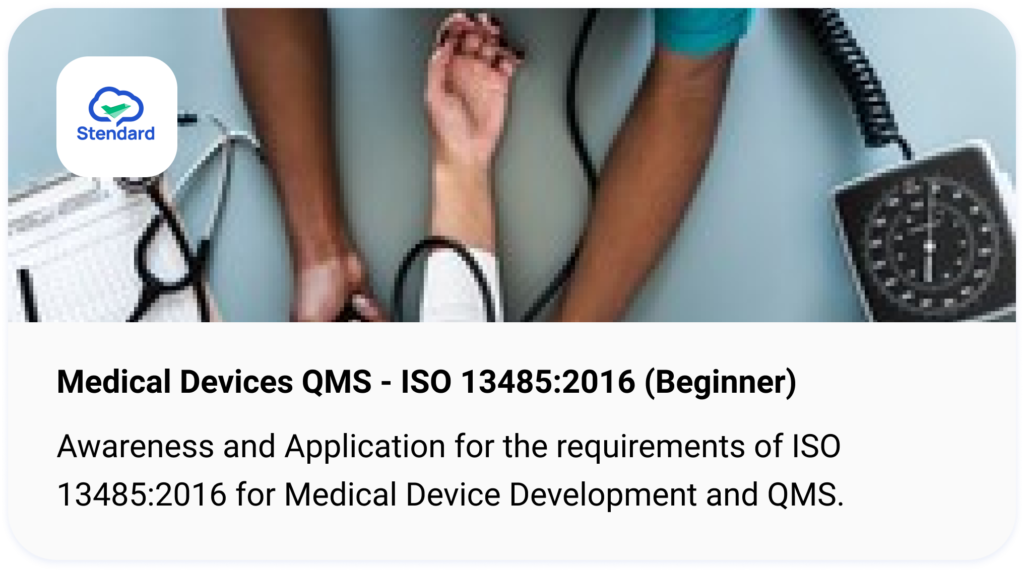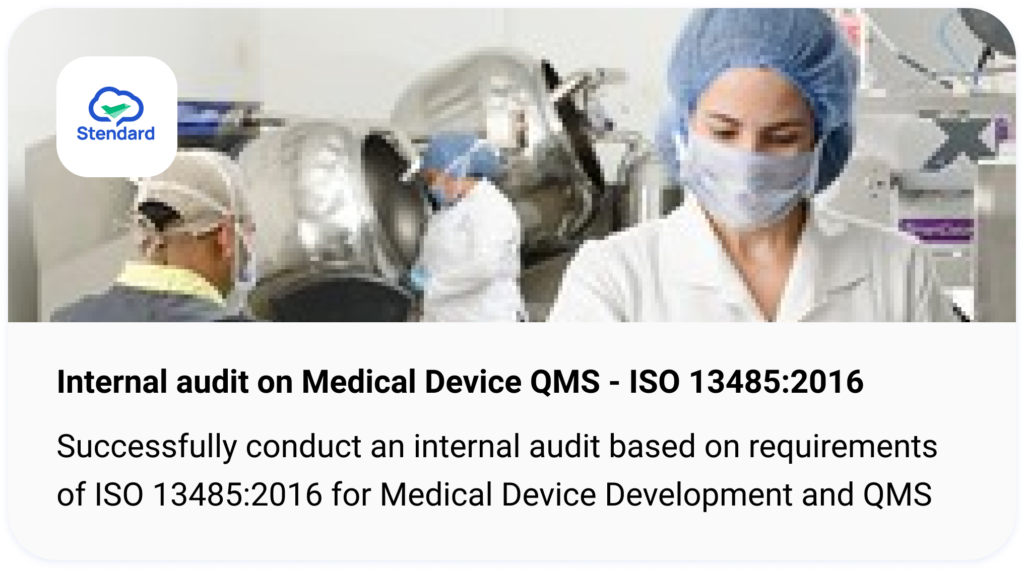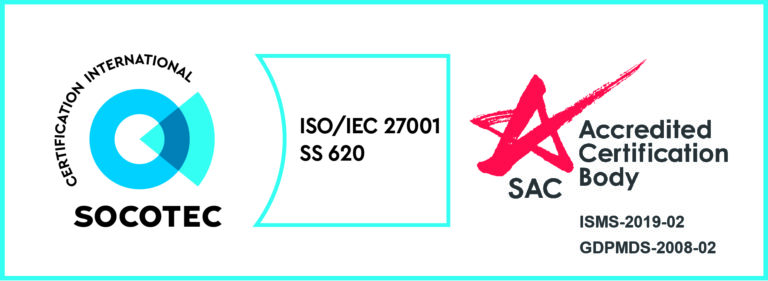According to the results of the 2020 annual worldwide survey of Management System standard certifications conducted by the International Organisation for Standardisation, there were a total of 1,592,659 valid certificates issued to 2,346,610 sites where organisations carry out work or provide services. This was an 18% increase from 2019 for 12 of the management system standards, fuelled by the critical growth in the certification to ISO 45001 and also the greater rate of rising for ISO 9001 and ISO 14001 compared to previous years.
By the end of this article, you will learn about the Quality Management System (QMS), the seven Quality Management Principles (QMPs), the purpose of a QMS and the different types of QMS.
Quality Management System
Quality Management Systems (QMS) is the systems and processes by which an organisation implements total quality management and maintains a standard for its operations and business processes. It helps to standardise best practices and enables organisations to monitor quality data to improve internal processes (including external processes of supply chain partners). As a result, it facilitates efficient use of resources across the supply chain, meeting customer requirements enhancing product quality and customer satisfaction.
What are the 7 quality management principles?
The International Organisation for Standardisation published the document The Quality management principles, which listed seven quality management principles (QMPs) developed and updated by international experts of ISO/TC 176, which is responsible for developing and maintaining ISO’s quality management standards.
This document provides the following descriptions and their rationale why the seven quality principles are essential to the organisation:
1. Engagement of people
Competent, empowered, and engaged people at all levels throughout the organisation are essential to enhance its capability to create and deliver value.
To manage an organisation effectively and efficiently, it is crucial to involve all people and respect them as individuals. Recognition, empowerment and enhancement of competence facilitate people’s engagement in achieving the organisation’s quality objectives.

2. Customer focus
The primary focus of quality management is to meet customers’ requirements and strive to exceed customer expectations.
Sustained success is achieved when an organisation attracts and retains customers’ confidence and other interested parties. Every aspect of customer interaction provides an opportunity to create more value for the customer. Understanding the current and future needs of customers and other interested parties contributes to the organisation’s sustained success.
3. Leadership
At all levels, leaders and top management establish unity of purpose and direction and create conditions in which people are engaged in achieving quality policies and objectives set by the top management.
Creating unity of purpose and direction and people’s engagement enables an organisation to align its strategies, policies, processes and resources to achieve its objectives.
4. Process approach
Consistent and predictable results are achieved more effectively and efficiently when activities are understood and managed as interrelated processes that function as a coherent system.
The quality management system consists of interrelated processes. Understanding how this system produces results enables an organisation to optimise its performance.
5. Improvement
Successful organisations have an ongoing focus on improvement. This includes continual improvement through internal audits, management reviews, and monitoring systems to clearly understand your organisation’s Quality Management Systems.
Improvement is essential for an organisation to produce consistent results, react to changes in its internal and external conditions, and create new opportunities.
6. Evidence-based decision making
Decisions based on analysing and evaluating data and information are more likely to produce desired results.
Decision making can be a complex process, and it always involves some uncertainty. It often involves multiple types and sources of inputs and their interpretation, which can be subjective. It is important to understand cause-and-effect relationships and potential unintended consequences. Facts, evidence and data analysis lead to greater objectivity and confidence in decision making.
7. Relationship management
An organisation manages its relationships with interested parties, such as suppliers, for sustained success.
Interested parties influence the performance of an organisation. Sustained success is more likely to be achieved when the organisation manages relationships with all of its interested parties to optimise their impact on its performance. Relationship management with its supplier and partner networks is of particular importance.
Types of Quality Management System
There are currently several types of QMS and related ISO standards for quality control practised in many different industries worldwide. ISO 9001, which applies to all industries, is the most common standard that organisations use as their main compliance platform to control quality and manage their operations. Other ISO standards applicable to specific industries are also available for different organisations to comply with and seek certification by accredited certification bodies.
Examples Of Quality Management Systems:
ISO 9001:2015 – Quality Management Systems
ISO 9001:2015 is an international standard for Quality Management systems (or QMS). It consists of processes and practices to improve organisations’ systems and operations and ensure conformity to customers and applicable statutory and regulatory requirements.
It aims to enhance customers’ expectations and satisfaction through the effective application of the system and operation. Adopting an ISO 9001:2015 Quality Management Systems leads to quality products and services. All standard requirements are generic and applicable to any organisation, regardless of industry, type, size, or products and services.
ISO 13485:2016 Medical devices — Quality management systems — Requirements for regulatory purposes
The ISO 13485 is an international standard that was explicitly published to define the requirements of a quality management system for organisations within the medical device and healthcare industry. This standard includes requirements covering processes spanning the entire life-cycle of medical devices.
Besides quality products (medical devices), ISO 13485:2016 Medical devices — Quality management systems also focus on the safety and performance of the medical devices by applying risk management according to ISO 14971:2019 Medical Application of risk management to medical devices.
ISO 14001 – Environmental Management Systems
ISO 14001 is an international standard that aims to help organisations achieve environmental sustainability, striking a balance between the environment, society and economy, which are the three pillars of corporate sustainability. It provides a framework to protect the environment and adapt to changing environmental conditions.
ISO 22000:2018 – Food Safety Management Systems (FSMS)
The ISO 22000:2018 standard defines the requirements for organisations to demonstrate their ability in ensuring that food is safe for consumption. This standard serves as a guideline in implementing a food safety management system, comprising effective processes and best practices, to food producers and other interested parties.
ISO 22301 – Business Continuity Management Systems (BCMS)
The ISO 22301 is a framework for an organisation to systematically approach and meet Business Continuity Management System (BCMS) requirements. It also specifies the requirement to implement and manage your BCMS to protect against and reduce the likelihood of a disruptive incident, for example, the COVID-19 pandemic. Organisations with proper ISO 22301 procedures would respond swiftly to incidents and plan on recovery procedures from disruptions when they occur.
ISO 45001: 2018 – Occupational Health and Safety Management Systems (Formerly OHSAS 18001)
The ISO 45001 is an international standard for occupational health and safety (OH&S) management system that specifies requirements. It advises on its use to enable organisations to provide safe and healthy workplaces by preventing work-related injury and ill-health and proactively improving OH&S performance. It formally replaced the OHSAS 18001 after its release in 2018.
Quality Management Systems Software
Quality management systems software is available as a tool to help organisations develop policies, procedures, and processes around their business operations and a means to evaluate effectiveness, identify weaknesses, and implement corrective and preventive actions for continuous improvement.
It can also be used as a platform for auditing management systems to help an organisation prepare documented information for demonstrating regulatory compliance, standards and industry requirements during an audit, producing consistent results.
The objectives of having quality management software are to enable big and small businesses to monitor quality data to improve internal processes (including external processes of supply chain partners). This will facilitate efficient use of resources across the supply chain, meet customer requirements, enhance product quality and customer satisfaction.
Stendard’s Digital QMS
Our Stendard Solution™ platform comprehensively fulfils your Quality Management System (QMS) needs. It helps your organisation accelerate compliance with the QMS requirements and achieve continuous quality improvement.
From setting up your QMS with a complete set of documents to maintaining your QMS through proper document control, data management and automated workflow processes, you will find useful features tailored to your organisation, regardless of whether you are a start-up or an established organisation, wishing to achieve your digital transformation goals.
Using Stendard’s Digital QMS platform allows you to generate a complete set of documents (quality manual, procedures, forms, work instructions, etc.) applicable to your company and products, as required to comply with the relevant QMS and ISO standards.

Conclusion
Stendard can help your organisation by providing QMS consulting services with experienced ISO consultants in various industries. If you have any questions regarding QMS or our proprietary cloud-based QMS software platform, please feel free to drop us an inquiry.
At Stendard, we believe that quality is everyone’s business because it takes a team to consistently deliver and uphold excellent standards that build confidence with customers, partners and the community. We are a competent group of experts who can provide consultancy support and advice on using technological platforms for your company through this journey.





